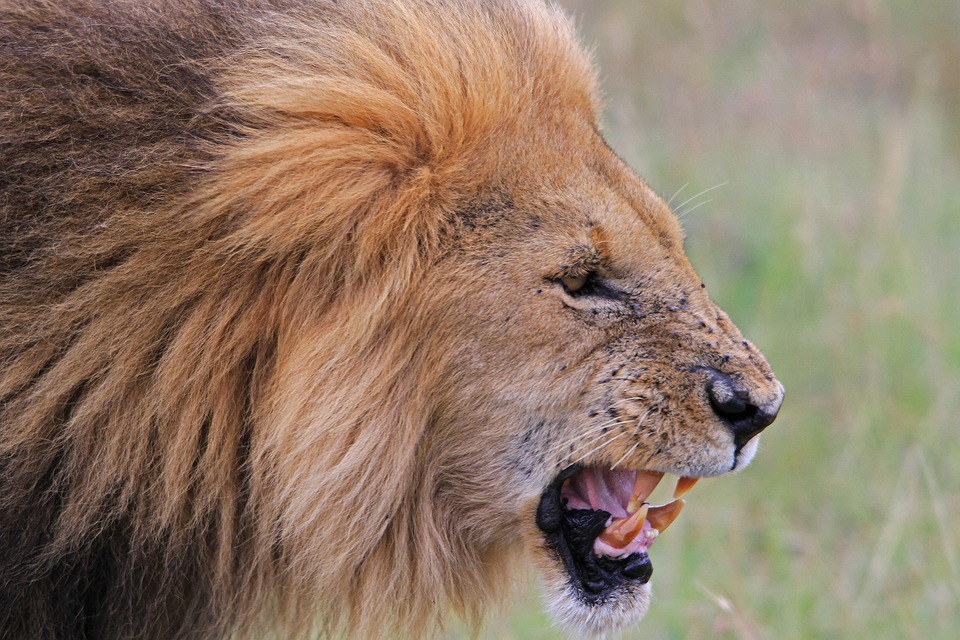Ready to become the friend everyone envies? Diani Beach is where legends are made. Where morning safari stories become evening beach tales, and your vacation photos will make people question if you're living in a travel magazine.
Diani Beach is a spectacular stretch of Kenyan coastline that doesn't just offer world-class beaches; it's your front-row seat to some of Africa's most incredible wildlife experiences. Smart travelers know the secret: combining these two bucket-list experiences isn't just possible, it's pure genius. The game-changer? Choosing the perfect window when both beach and safari conditions align like stars.
Understanding Diani Beach's Climate
Diani Beach experiences a tropical climate, characterized by warm temperatures year-round and two distinct rainy seasons. According to current weather data, the long rains typically occur from April to June, while the short rains fall from November to December. The dry seasons are generally from January to March and July to October. Temperatures usually range from 26.7°C to 33°C (80°F to 91°F), making it a pleasant destination for beach activities throughout the year.
Optimal Times for Safari Combinations
The best time to visit Diani Beach for a safari combination largely aligns with Kenya's prime safari seasons, which are during the dry months. This period offers ideal conditions for both beach relaxation and wildlife viewing:
Long Dry Season (July to October)
This is widely considered the best time for a safari combination. During these months, Kenya experiences its "cool" season with excellent wildlife viewing conditions:
Wildlife Viewing: The dry conditions mean vegetation is sparse, and animals congregate around limited water sources, making them easier to spot in national parks like Tsavo East and West. The Great Migration in the Masai Mara also occurs during a significant portion of this period (July to October), offering an unparalleled wildlife spectacle.
Beach Conditions: Diani Beach enjoys sunny, dry weather with calm seas, perfect for swimming, snorkeling, diving, and other water sports. Sea temperatures remain consistently warm, ranging from 25°C to 29°C throughout the year.
Short Dry Season (January to March)
This period also offers excellent conditions for a safari and beach holiday:
Wildlife Viewing: Similar to the long dry season, wildlife is relatively easy to spot as animals remain concentrated around water points. January is particularly good as Kenya's parks are lush and green from the recent short rains, with fewer visitors making it an exceptional time for safari.
Beach Conditions: The weather at Diani Beach is hot and sunny, with January through March offering good chances for spotting marine life such as dolphins and whales. This period provides ideal conditions for water sports and marine activities.
Considerations During Rainy Seasons
While the dry seasons are optimal, visiting during the rainy seasons can also have its advantages, especially for budget travelers or those seeking a different experience:
Long Rains (April to June)
Pros: Lush green landscapes, fewer tourists, lower prices for accommodation and safaris, and excellent birdwatching opportunities as migratory birds arrive. The dramatic thunderstorms create spectacular conditions for landscape photography.
Cons: Some roads in national parks might become challenging to navigate, and wildlife can be more dispersed due to abundant water sources. Beach activities might be interrupted by rain, with April experiencing the highest rainfall.
Short Rains (November to December)
Pros: Similar to the long rains, you'll find greener landscapes, fewer crowds, and good birdwatching. The rains are usually short showers, often in the afternoon, allowing for morning activities. By mid-December, landscapes often look their best under clear blue skies.
Cons: Wildlife viewing can be slightly more challenging than in the dry season, though conditions are generally better than during the long rains.
Special Considerations for Safari Combinations
Marine Activities
Sea conditions vary throughout the year, with the most reliable months for good water clarity falling between October and March, especially January and February. Heavy rains can bring run-off into rivers, subsequently reducing underwater visibility for diving and snorkeling.
Safari Accessibility
The months of June through October are part of Kenya's dry season, often referred to as the "safari season," when wildlife congregates around water sources, providing excellent game viewing opportunities.
Ultimately....
For the best Diani Beach safari combination, the dry seasons from July to October and January to March are highly recommended. These periods offer the best weather for beach activities and prime conditions for wildlife viewing. July to September aligns with the Great Migration in other parts of Kenya, making it an excellent time for safari-goers who also want beach relaxation afterward.
However, if you're looking for a more budget-friendly trip, fewer crowds, and don't mind occasional rain, the shoulder seasons during the short rains can also be a rewarding experience. Always check specific weather forecasts closer to your travel dates for the most accurate information, as climate change impacts are making weather patterns increasingly unpredictable.
